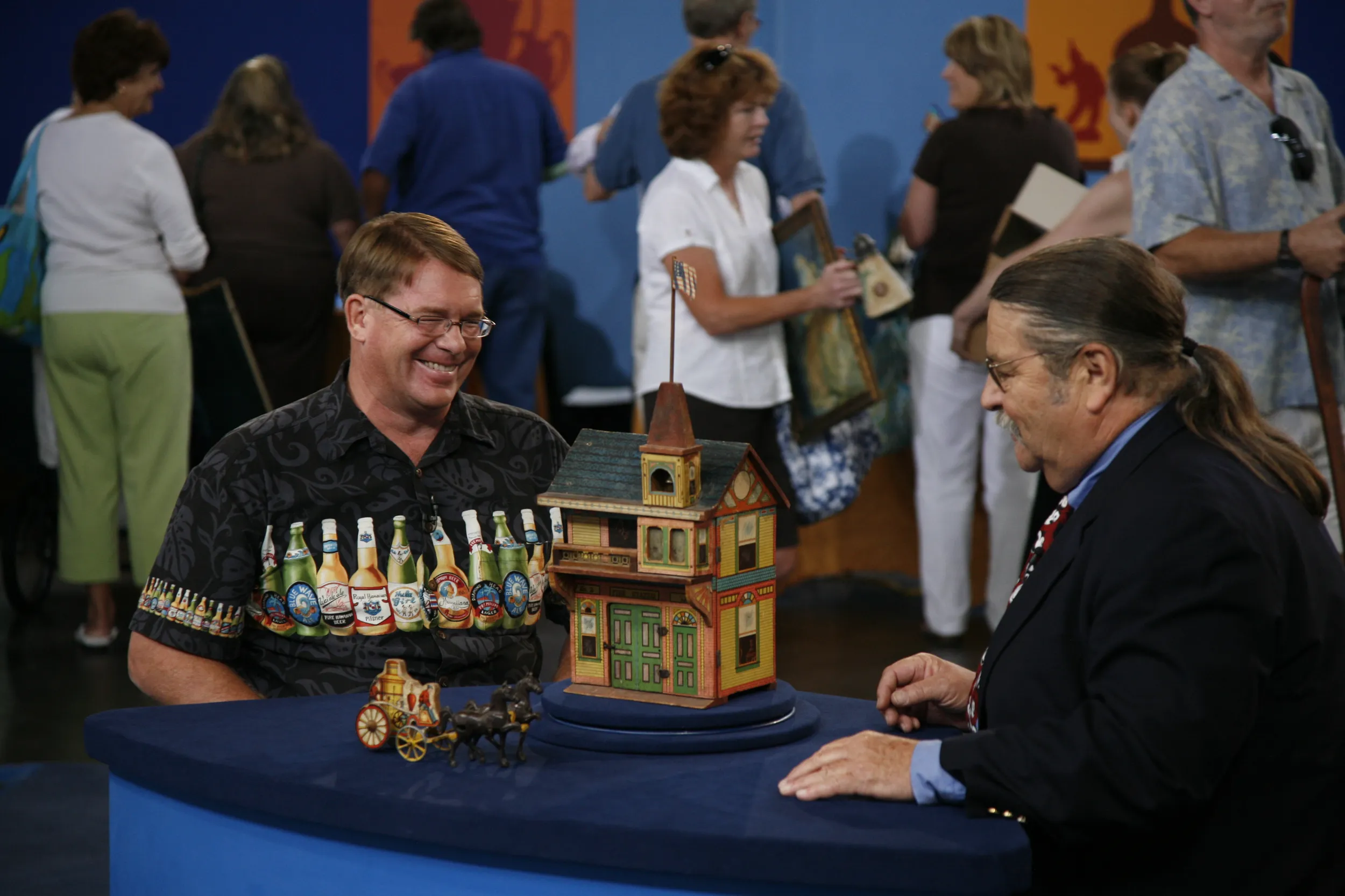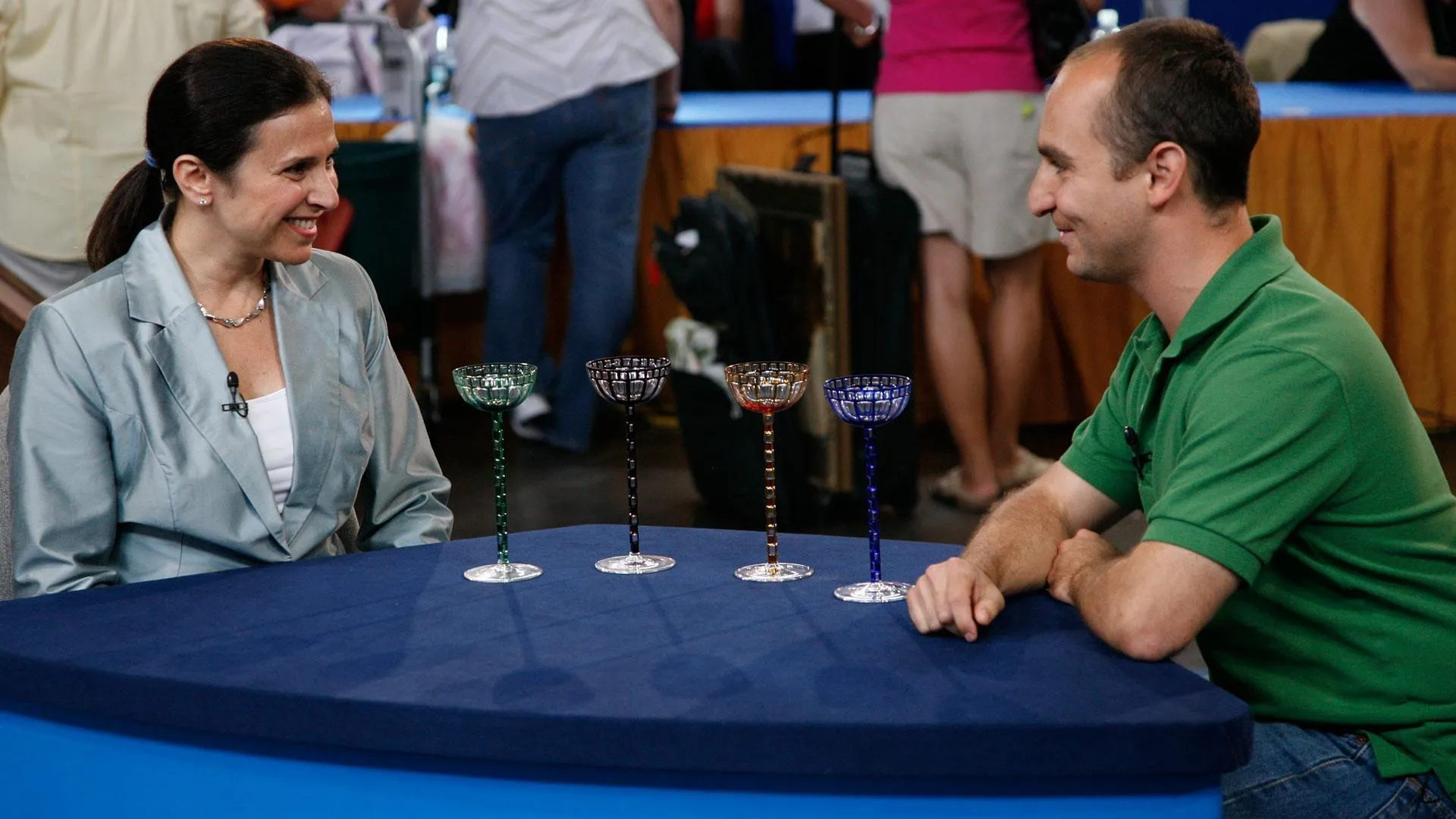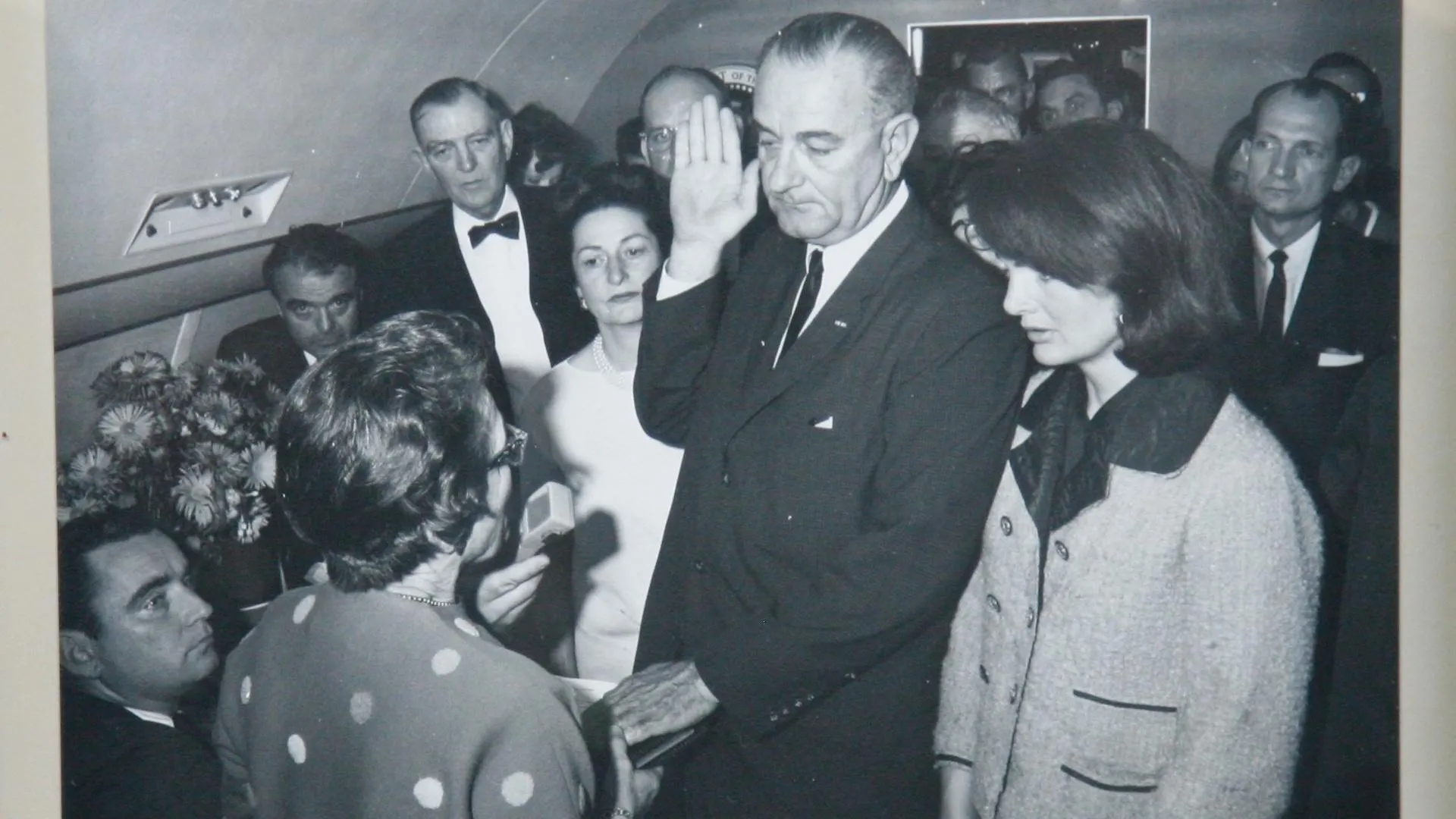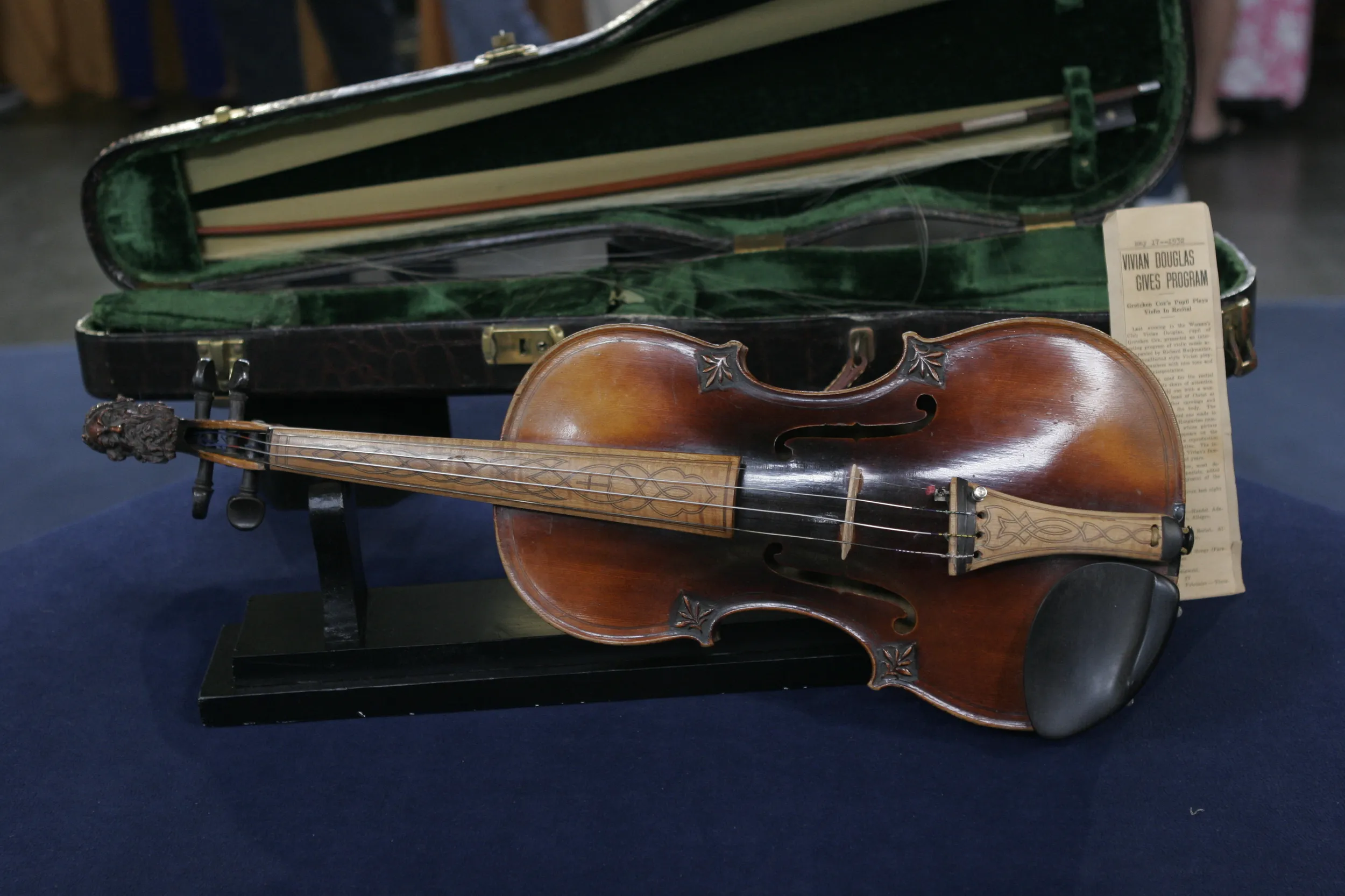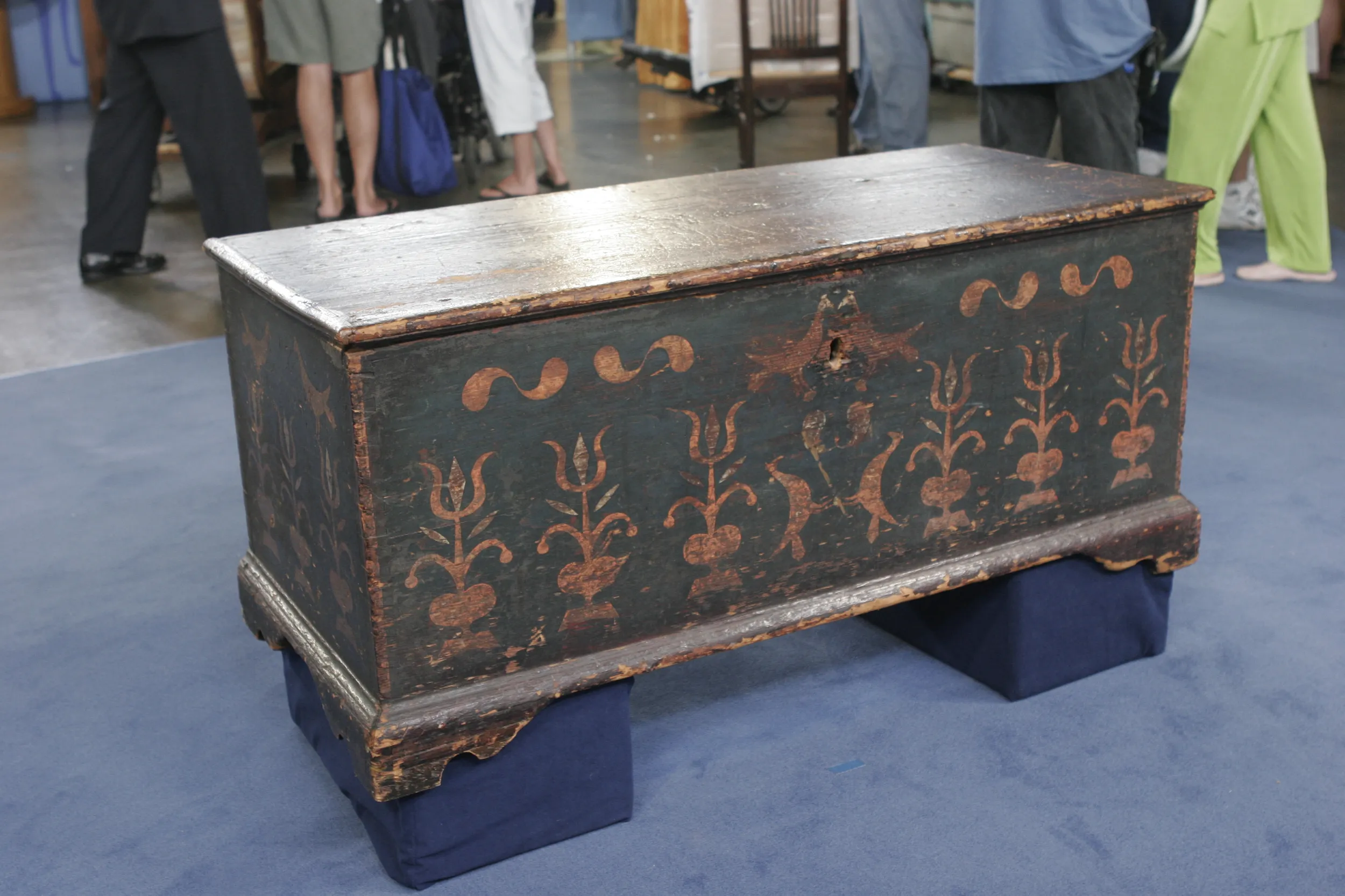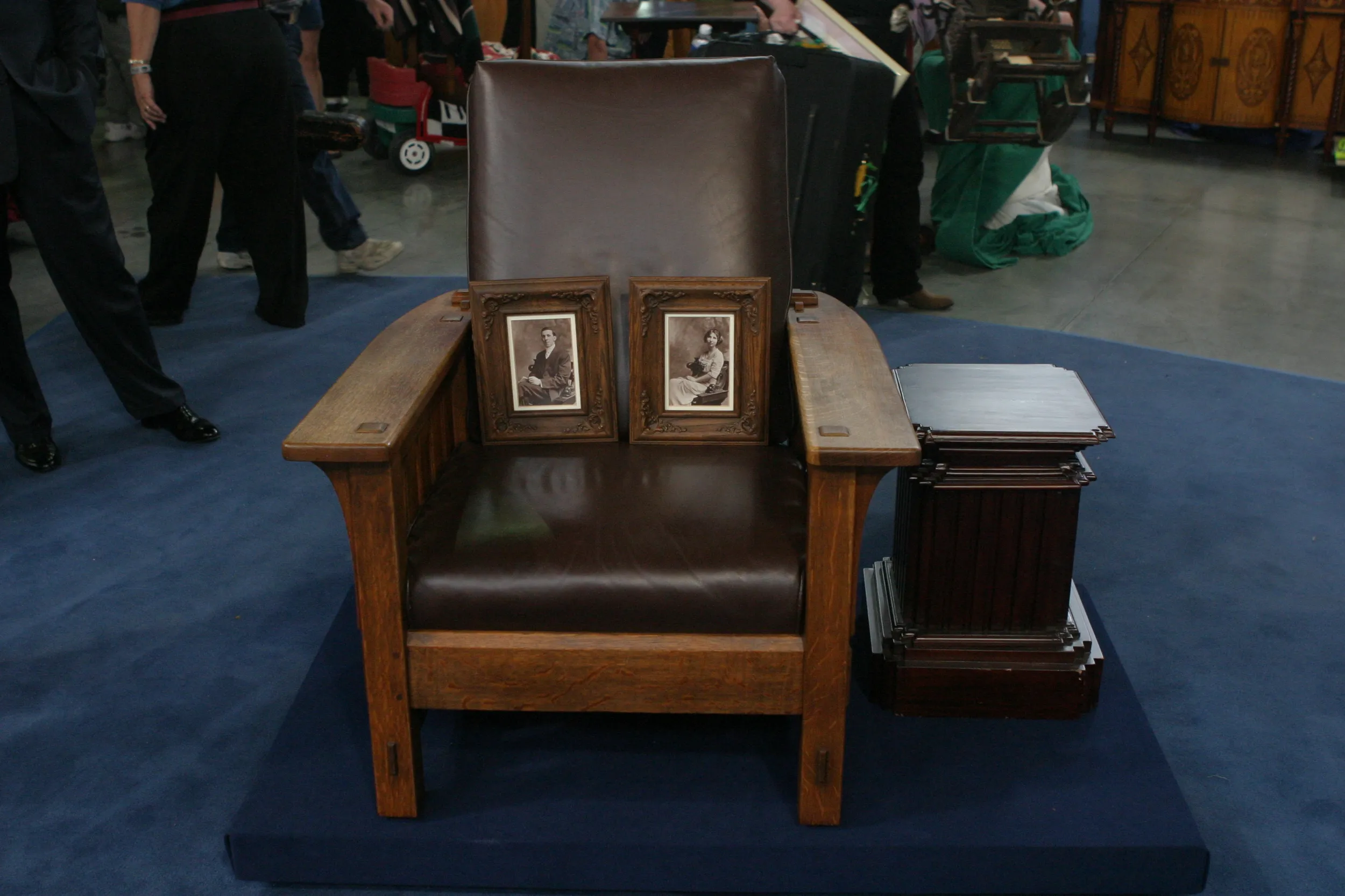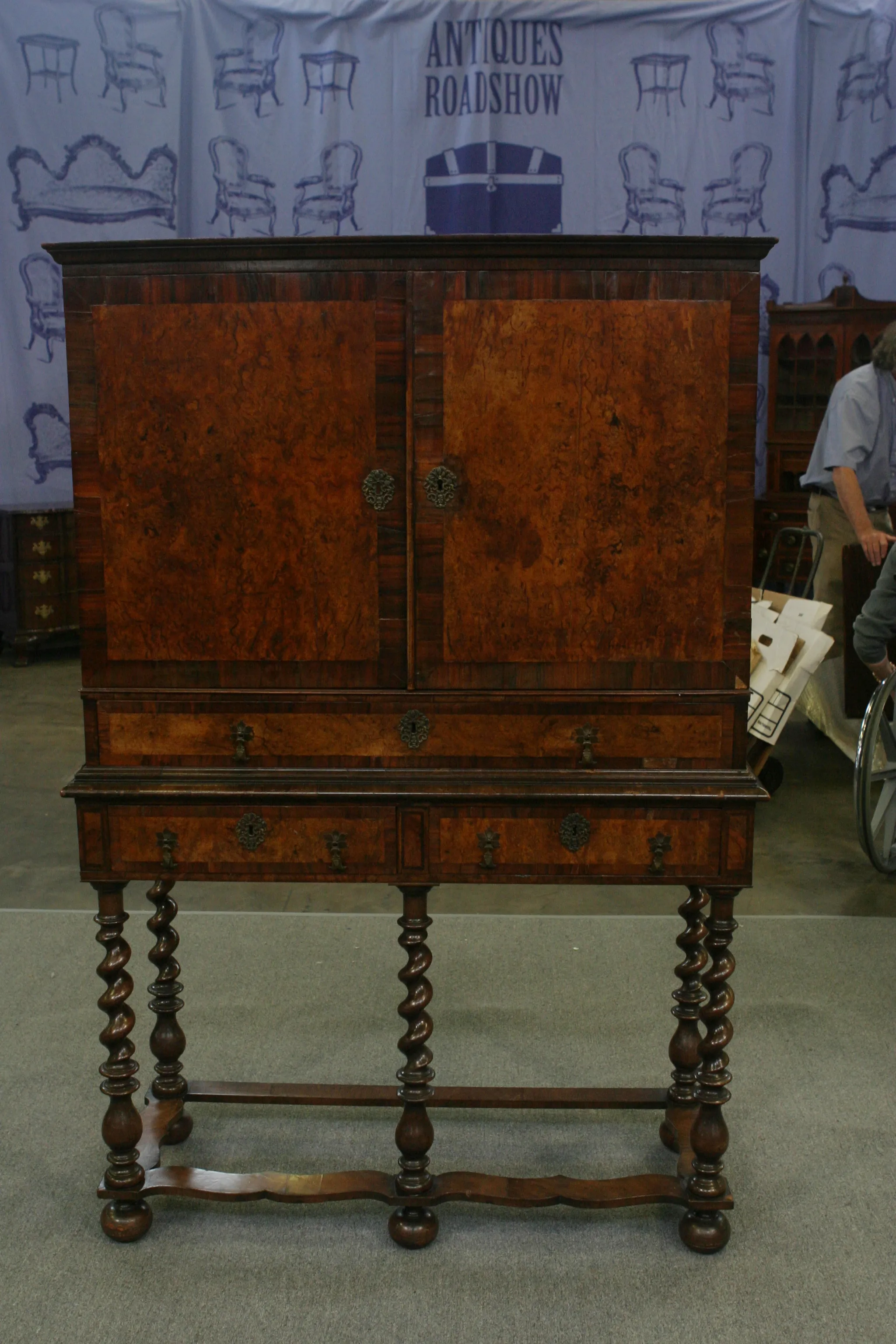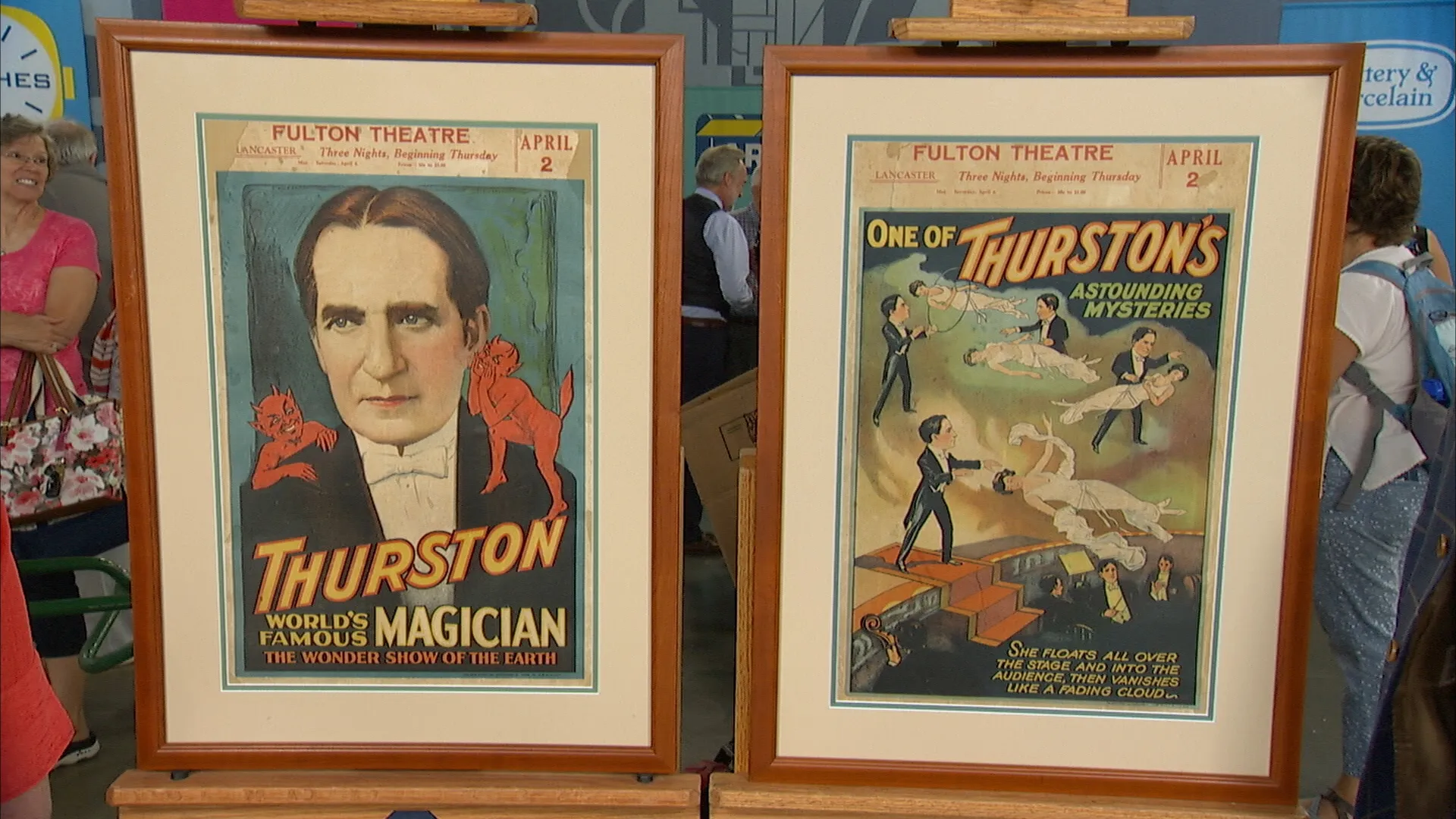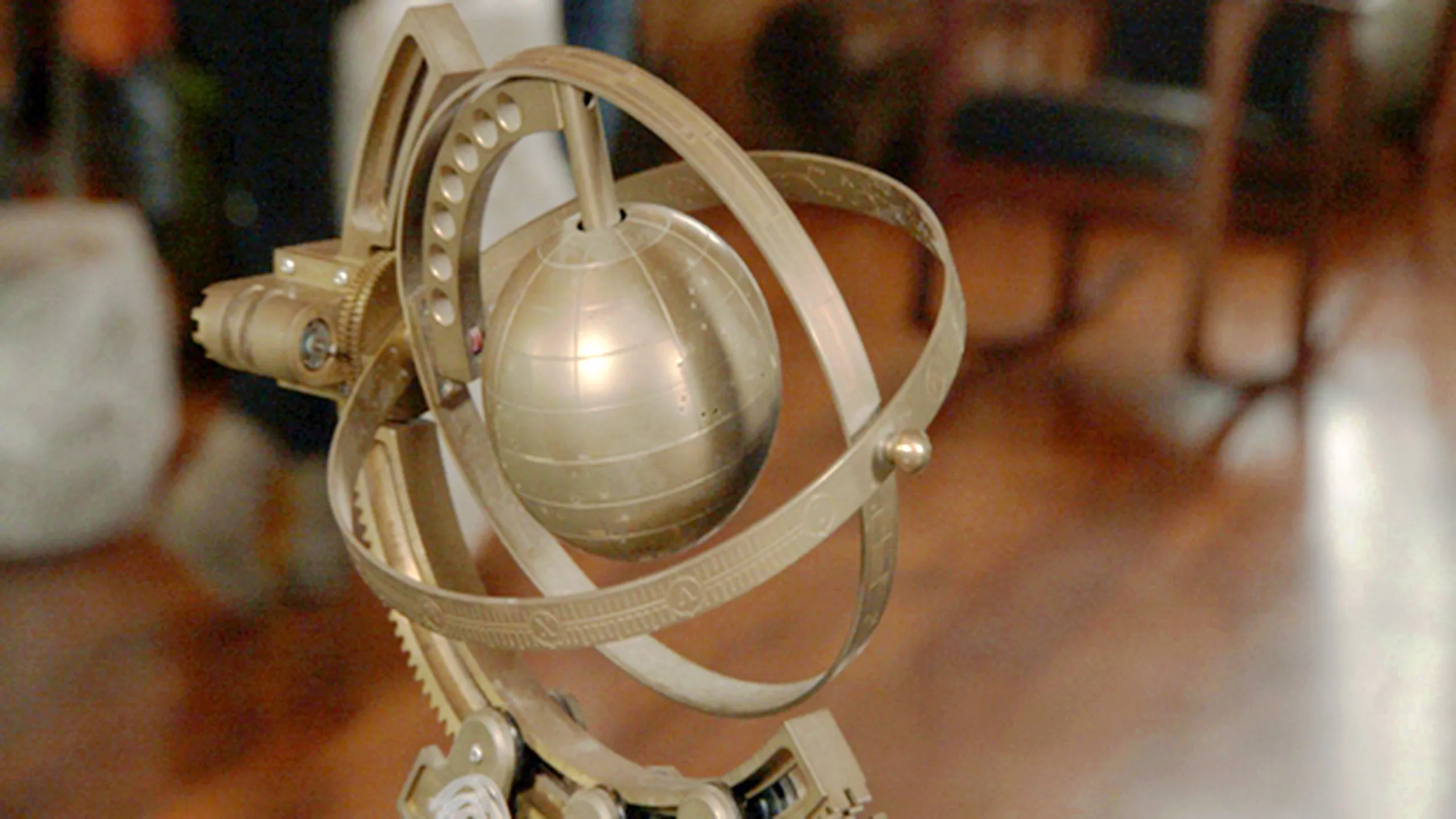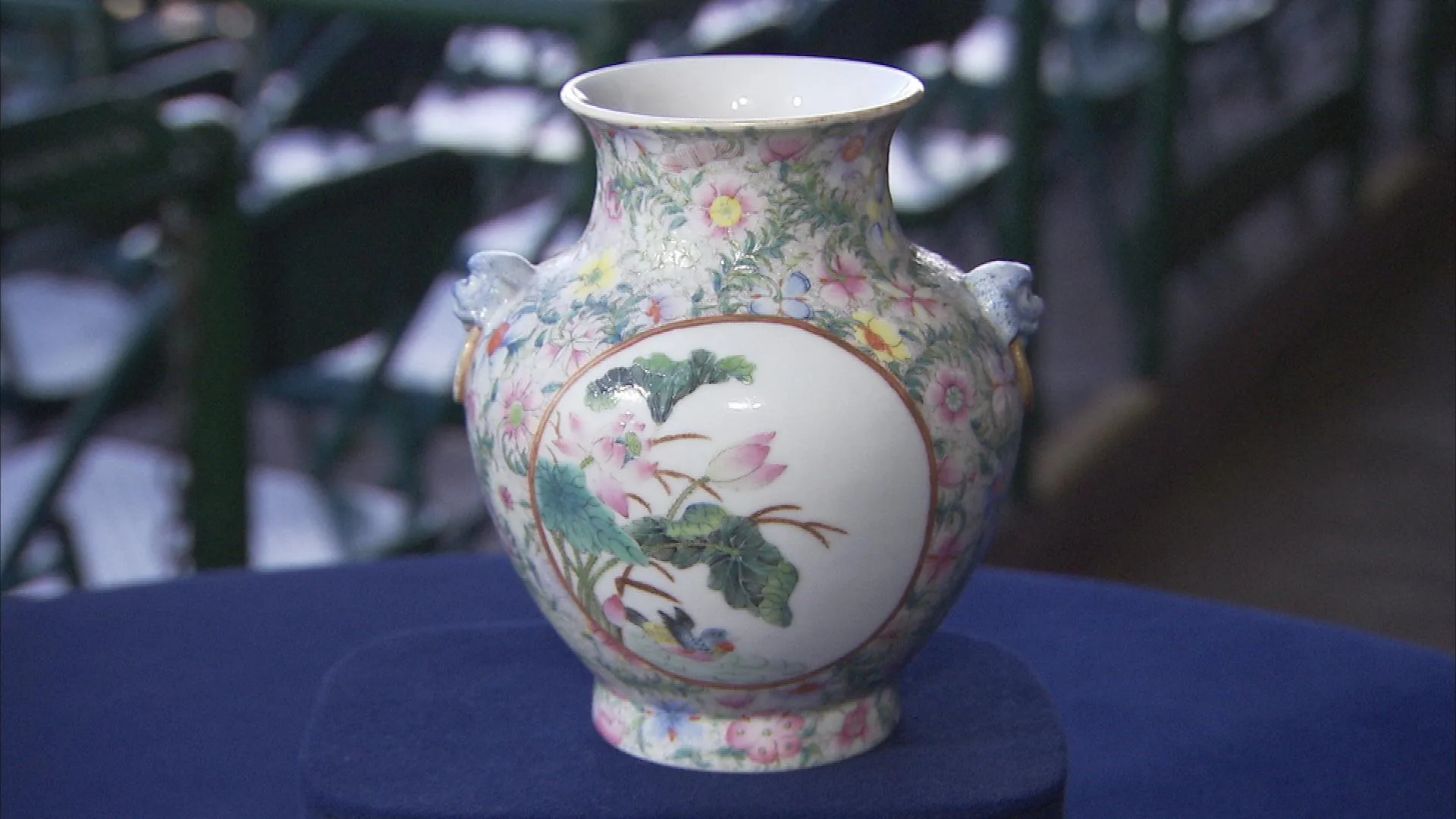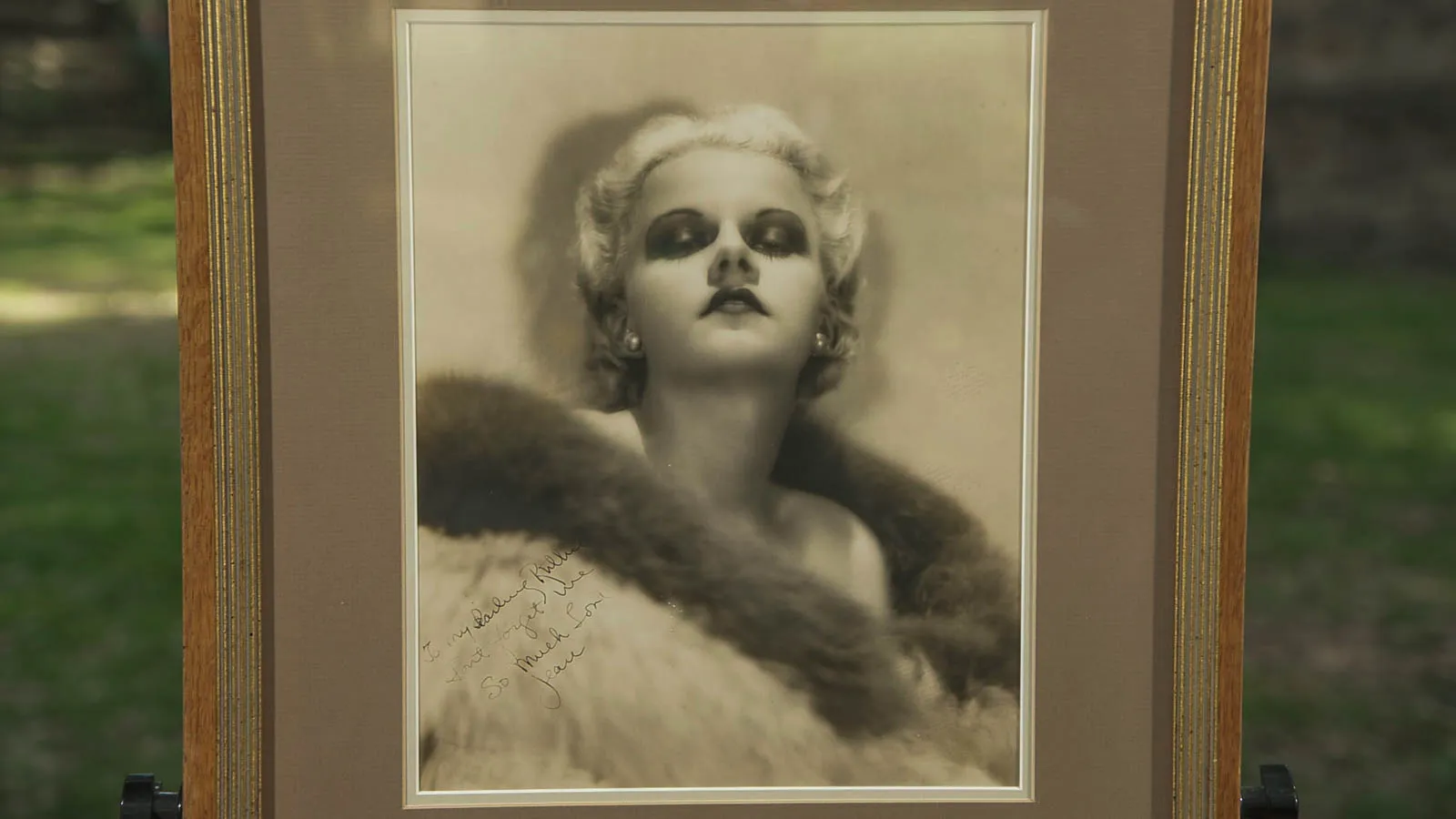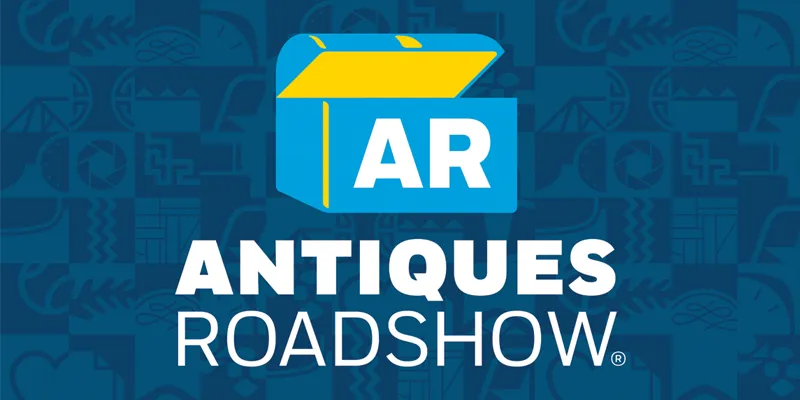GUEST: It was in my grandmom's house in Baltimore City, South Baltimore, and, uh, I used to play with it when I was a young child.
APPRAISER: Uh-huh.
GUEST: And I guess I can kind of remember playing it, with it when I was four. I'm 49 now.
APPRAISER: And have you discovered anything about it over the period of time that you've had it?
GUEST: No, I've looked on the internet, and I've never been able to find anything about it.
APPRAISER: Yeah, you did find these numbers here, right?
GUEST: Yes, sir, there's just a little number here. It doesn't say where it's made or anything like that.
APPRAISER: Yeah.
GUEST: It's just numbers.
APPRAISER: Well, the style of toy is called lithographed paper on wood. And it was almost a unique American toy style that developed in the late 19th century. And it was basically a relatively cheap way to make a toy. With the invention of the color lithograph presses, you could print these beautiful, colorful papers and then just cut wood and glue them on there, and you made these very decorative buildings. This is actually made by a company called Bliss in Pawtucket, Rhode Island, and they existed in the late 19th and early 20th century. Bliss sometimes marked their things, and often it would be on the door.
GUEST: Ah.
APPRAISER: And there were other companies that made lithograph paper, but whenever you see these numbers on the paper like this...
GUEST: Yeah, mm-hmm.
APPRAISER: ...that is a giveaway that it's Bliss. They were most famous for their dollhouses. They made a wide variety of dollhouses. As a matter of fact, a lot of dollhouse museums will have what they call Bliss Street, where they'll have half a dozen of the various houses. The smallest ones were about this size, but they got larger and about this size. But one thing you always wanted to have on Bliss Street was a Bliss firehouse. And the firehouses tended to be fairly rare. Now, you were concerned whether this even went with it, as I understand.
GUEST: Yes, sir. I, I just, I think, when I was little, I know it had some chains on it.
APPRAISER: Uh-huh.
GUEST: And I, I don't remember, but I don't know if there was another set with this.
APPRAISER: I see. Okay.
GUEST: But I... don't know.
APPRAISER: Well, this fire pumper actually went with this house. When you find the house, it's very rare to find the pumper, too. Now, what doesn't go is these horses.
GUEST: Ah!
APPRAISER: The firehouse dates from around 1890, 1900. These horses date from 1947, '48, made by Stanley Toy Company. Cast aluminum. So what you're missing here is a horse, made of wood...
GUEST: Ah!
APPRAISER: Paper on wood, that would go with this.
GUEST: Ah.
APPRAISER: It was a single horse with similar wheels. Now, what makes this firehouse particularly nice is, you still have, amazingly, the original flag, which is almost always missing, the original bell. This is an above- average example. Great play value. You could actually open the firehouse doors. And then the fire pumper would come out with the horse. So it's a really, it's a great toy, and it's, it's quite rare. I would say this example, which still has the original isinglass windows and is basically sound and good color, at auction would easily bring $3,500.
GUEST: Wow.

